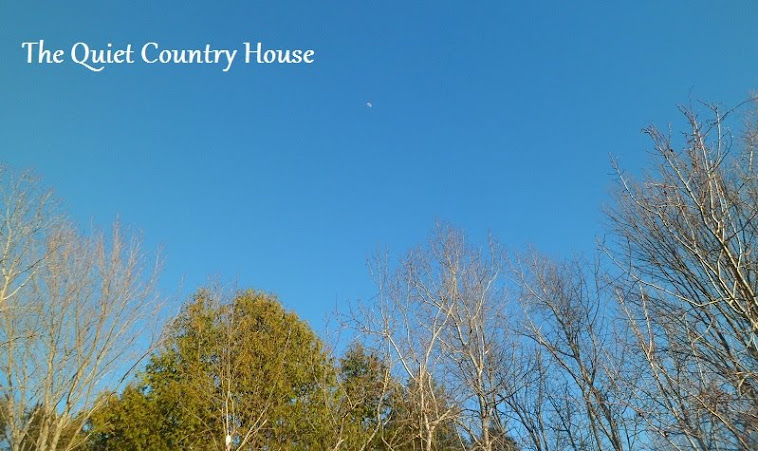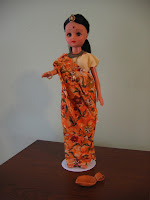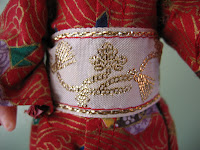 Russia...
Russia...The saying from Kenya (little by little fills the measure) remind me of the saying from Greece ("He who is not satisfied with little will not be satisfied with a lot.) Each saying speaks of the wisdom of moderation, step by step to achieve a goal, bit by bit to satisfy a need. The cautionary proverb from Russian warns us, "Better a little fire to warm us, than a great one to burn us." (Хорошего понемножку)
During 2005, we read several books set in Russia, written by Gloria Whelan, a favorite Michigan author of children's and young adult fiction. The first book offered engaging characters against the backdrop of the Revolution, the second and third followed up with more recent history. When we discovered a fourth novel earlier in 2006, we read it though we had concluded our focus on Russia. The interesting novels in this series are: Angel on the Square, The Impossible Journey, Burying the Sun, and The Turning.
We also read The Endless Steppe: Growing Up in Siberia, a memoir written by Esther Hautzig, a Polish girl who spent several years of her childhood detained in Siberia with her family for the transgression of being capitalists. I was mesmerized by this novel from its elegant opening paragraph "The morning it happened - the end of my lovely world - I did not water the lilac bush outside my father's study." Throughout the novel, the author give her reader a very real sense of situation and place... of Siberia. Consider this paragraph:
"The new school was a long, wooden, barrackslike building, much larger than the village school. As far as I was concerned, the most impressive thing about this building was that it was warm. School started in September and by October we had had our first snowstorm. After more than an hour's walk through the dark village, over the windy steppe, in clothes that had never been meant for an arctic climate, the first moments inside school were always filled with the purely sensual pleasure of --thawing out. In this school, we did not have to sit all day in our coats and mittens and when it was time to go home in the afternoon, it took courage to plunge into the huge, ice-cold Siberian twilight."
 Our Russia Christmas doll is modelled after Esther in The Endless Steppe, despite her being of Polish birth. Late in the story, Esther expresses a desire for a thoroughly Russian outfit: "Sapogy and a fufaika. Knee-high, shiny leather boots and a green quilted jacket. They became my obsession; the magic garments that would make me invincible on the dark journey back from exile." I didn't manage the knee-high boots, my skill as a doll costumer not having advanced that far yet, but I did make our doll a "quilted green jacket" and a fur-trimmed hat, plus a tiny Faberge egg to as an accessory to represent the fine hand-crafts of Russia.
Our Russia Christmas doll is modelled after Esther in The Endless Steppe, despite her being of Polish birth. Late in the story, Esther expresses a desire for a thoroughly Russian outfit: "Sapogy and a fufaika. Knee-high, shiny leather boots and a green quilted jacket. They became my obsession; the magic garments that would make me invincible on the dark journey back from exile." I didn't manage the knee-high boots, my skill as a doll costumer not having advanced that far yet, but I did make our doll a "quilted green jacket" and a fur-trimmed hat, plus a tiny Faberge egg to as an accessory to represent the fine hand-crafts of Russia. The internet has been an invaluable resource through the past few years. I was able to find information on Russian crafts, including lacquer boxes, nesting (matrioshka) dolls and hand-knit shawls. We read folk-tales on-line such as the Firebird, Ivan Tsarevitch and the Grey Wolf, and a storyteller's favorite, The Turnip. We found a wealth of information on Russian geography, a vast subject on this largest nation in the world. We found stories of Siberian Tigers and other wildlife, struggling for survival in a changing geography.
It is an interesting exercise to think about what one's life might be in each of these nations we have considered over the years. If one considers oneself "working poor" or "middle class" or "quite fortunate" what would that lifestyle be like in India, for example, or Peru? My family and I live in a modest house in the country, in the rural north. If we lived in today's Russia, perhaps we would dwell in a quaint dachaa little country house, surrounded by gardens of fruit, vegetables and ornamentals, living near neighbors who enjoyed working in their gardens as well.
Reading our way through Russia for a year was fascinating and perhaps particularly appropriate for a nation known for some very great literature. We also enjoyed a humorous travel documentary from Globe Trekker about the St. Petersburg to Moscow region and dined well on Chicken Kiev and an incredible Barley and Mushroom Casserole at Christmas time. Christmas traditions in Russia were interrupted and interfered with during the Soviet Regime, but were sometimes carried out in secret, though several days after our own celebrations as they follow the Russian Orthodox calendar. These days, the Festival of Winter is celebrated by most and Christmas can once again be commemorated openly.
photos by Aisling and Haiku, December 2060













 It is funny that we went from the reverance of an old world Christmas in Poland, which had me seeking the spiritual meaning of the season, to the commercial vibrance of Christmas in Japan, a nation that is less than 1% Christian, as I understand it. In Japan, all Christmas traditions are relatively new, and include a lot of color and glitz. They have something called "Christmas Cake" which is a big seller in December. Christmas 2000 was not the first year we had a cake ourselves, but I doubt most Japanese sing "Happy Birthday" to Jesus over their cake as we did.
It is funny that we went from the reverance of an old world Christmas in Poland, which had me seeking the spiritual meaning of the season, to the commercial vibrance of Christmas in Japan, a nation that is less than 1% Christian, as I understand it. In Japan, all Christmas traditions are relatively new, and include a lot of color and glitz. They have something called "Christmas Cake" which is a big seller in December. Christmas 2000 was not the first year we had a cake ourselves, but I doubt most Japanese sing "Happy Birthday" to Jesus over their cake as we did.






